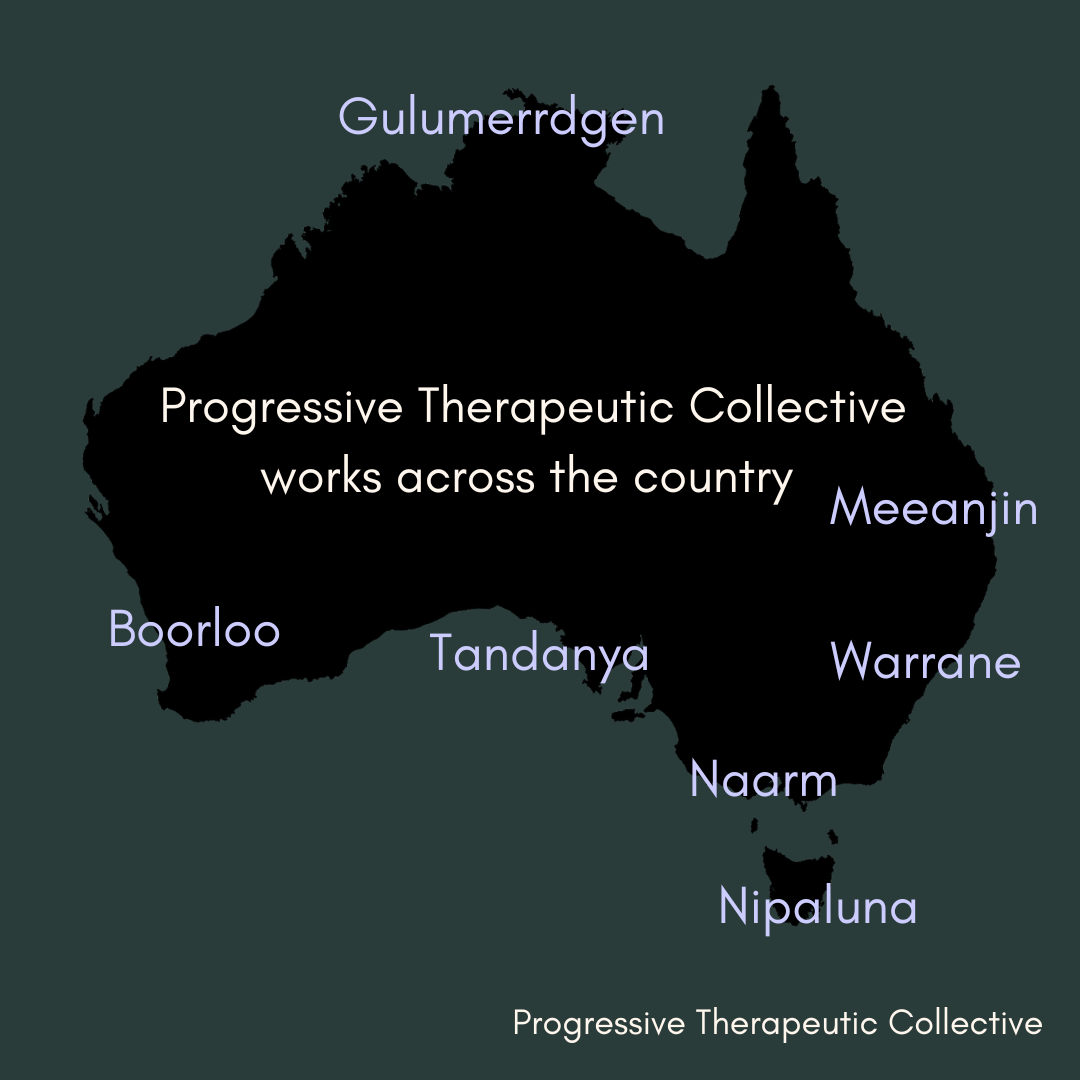Difference between non-monogamy and polyamory, explained
Non-monogamy and polyamory are related concepts that refer to different forms of consensual non-monogamous relationships. Here are some of the differences between the two:
Definition: non-monogamy is a broader term that encompasses all types of non-monogamous relationships that are conducted with the knowledge and consent of all involved parties. This can include polyamory, open relationships, swinging, and more. Polyamory, on the other hand, specifically refers to the practice of having multiple romantic and/or sexual partners with the knowledge and consent of everyone involved.
Emotional Connection: While both l non-monogamy and polyamory involve having multiple partners, polyamory may place a greater emphasis on developing emotional connections with multiple people. In polyamory, the goal is to build meaningful relationships with more than one person, whereas other forms of ethical non-monogamy may focus more on sexual exploration or variety.
Rules and Boundaries: Both non-monogamy and polyamory require clear communication, consent, and boundaries to work effectively. However, polyamorous relationships tend to have more complex rules and boundaries in place due to the multiple emotional connections involved.
Social Acceptance: non-monogamy, including polyamory, is not yet widely accepted in many societies. However, polyamory specifically may face more stigma and misunderstanding because it challenges traditional ideas about romantic and sexual relationships.
It's worth noting that the differences between ethical non-monogamy and polyamory can be fluid and dependent on the individuals involved. Some people may identify as both, while others may have their own unique definitions and distinctions.
Progressive Therapeutic Collective based in Perth/Boorloo but working online across Australia, welcomes ALL relationship types.
Our Relationship Therapist, Sarah Newbold, has a strong interest in working with non-monogamy.

